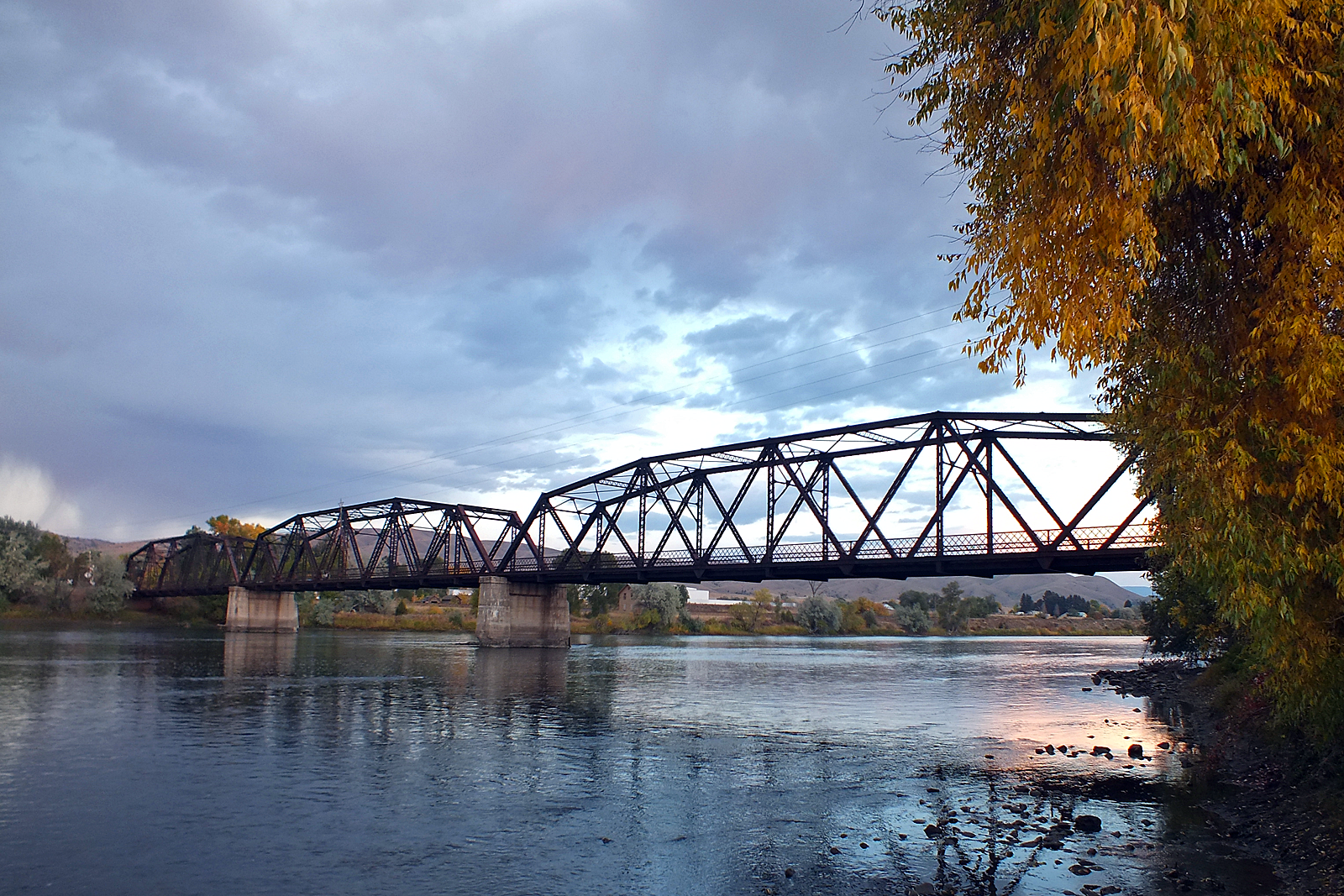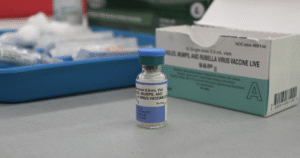Montana’s infrastructure is facing significant challenges, with recent evaluations highlighting the state’s urgent need for modernization and investment. The American Society of Civil Engineers’ Montana section released a report on Wednesday, assigning a “C-” grade to the state’s infrastructure, marking a decline from the “C” grade it received in 2018. This downgrade is attributed to the aging infrastructure across the state and insufficient funding for necessary upgrades.
The 2024 Report Card for Montana’s Infrastructure highlighted that while some improvements were noted in drinking water and schools, with the latter still earning a “D” grade, areas such as bridges, energy, and solid waste have worsened.
Despite the infusion of $8 billion in federal revenue from the 2021 Infrastructure Investment and Jobs Act and the 2022 Inflation Reduction Act, along with $2 billion from private sources, the report indicates that Montana requires billions more to enhance its infrastructure effectively. Lexi Leffler, chair of the 2024 Report Card, remarked, “We face significant challenges given how spread out our state is and how many environmental threats we encounter across our diverse geography, with minimal revenue sources to pull from due to our small population.”
The report suggests the establishment of dedicated, long-term funding for essential infrastructure like roads and bridges, as inconsistent funding has led to a backlog of deferred maintenance. Additionally, it recommends expanding Montana’s workforce and educational programs to meet the growing demand for skilled workers and emphasizes the importance of prioritizing climate resilience in infrastructure projects.
According to the report, “Montana’s diverse geography and extreme weather risks require robust strategies to enhance resilience.” It stresses the need for infrastructure capable of withstanding severe conditions, advocating for improved stormwater systems and wildfire-resistant designs to protect communities.

At the national level, the American Society of Civil Engineers also produces a U.S. infrastructure report card every four years. The 2021 report gave the nation a “C-” grade, aligning with Montana’s current assessment. The next national report is expected in March.
The report outlines several key areas requiring attention, including a $4.4 billion need for bridges over the next decade, with current funding projected at only $535 million. For drinking water infrastructure, an estimated $2.3 billion is needed, while recent federal funding has increased the state’s contribution from $170 million to $250 million annually.
Road infrastructure also requires significant investment, with funding currently outpaced by a 3-to-1 ratio, threatening the future of Montana’s transportation system, which encompasses 13,000 miles of state highways and interstates alongside more than 63,000 miles of local roads.
The report indicates that without decisive action, public safety, economic growth, and quality of life are at risk. Additionally, the EPA estimates Montana needs $347 million for wastewater improvements and $22 million for stormwater upgrades.
Schools and stormwater infrastructure were among the worst-performing categories, each receiving a “D” grade. The report notes that 68% of Montana’s 826 K-12 schools were built before 1970, with declining maintenance funds. This has led to a backlog of repairs, compounded by rising energy costs and decreasing student enrollment.
The EPA announced in October a $25 million initiative over 10 years to replace Montana’s lead water pipes, including those in schools, though the number of such pipes remains unknown.

Montana’s bridges remain a critical concern, with 45% of the state’s 5,200 bridges over 50 years old and 15% needing immediate repairs. The report documents a growing number of load-posted or closed bridges, increasing annually by 10% to 20%.
Governor Greg Gianforte has proposed allocating $10 million annually over five years to repair 500 bridges across the state, aligning with the report’s recommendations for increased governmental investment.
Montana’s rail system, receiving a “C+” grade, fared the best among the categories. The report notes that 70% of the state’s rail lines are privately owned and integral to both state and national economies. However, it cautions against the aging infrastructure and the lack of necessary safety guidelines, which pose significant future challenges.
The report characterizes Montana’s energy infrastructure as “diverse” and notes the state ranks fourth in the U.S. for per capita energy consumption. It highlights the need for a modernized energy grid to meet growing demands, particularly as the population increases, and suggests seeking further federal and private funding.
For the first time, the report assessed Montana’s broadband infrastructure, which has received $275 million in federal funding. Despite efforts to expand access, only 71% of Montanans have internet speeds of at least 100 megabits per second, compared to a national average of 93%.
Compiled by over 20 infrastructure and engineering experts, the report urges stakeholders to collaborate on funding solutions to build a resilient and sustainable future for Montana. “Addressing these critical infrastructure needs will enhance public safety, boost economic resilience, and improve the quality of life across Big Sky Country,” it states.






